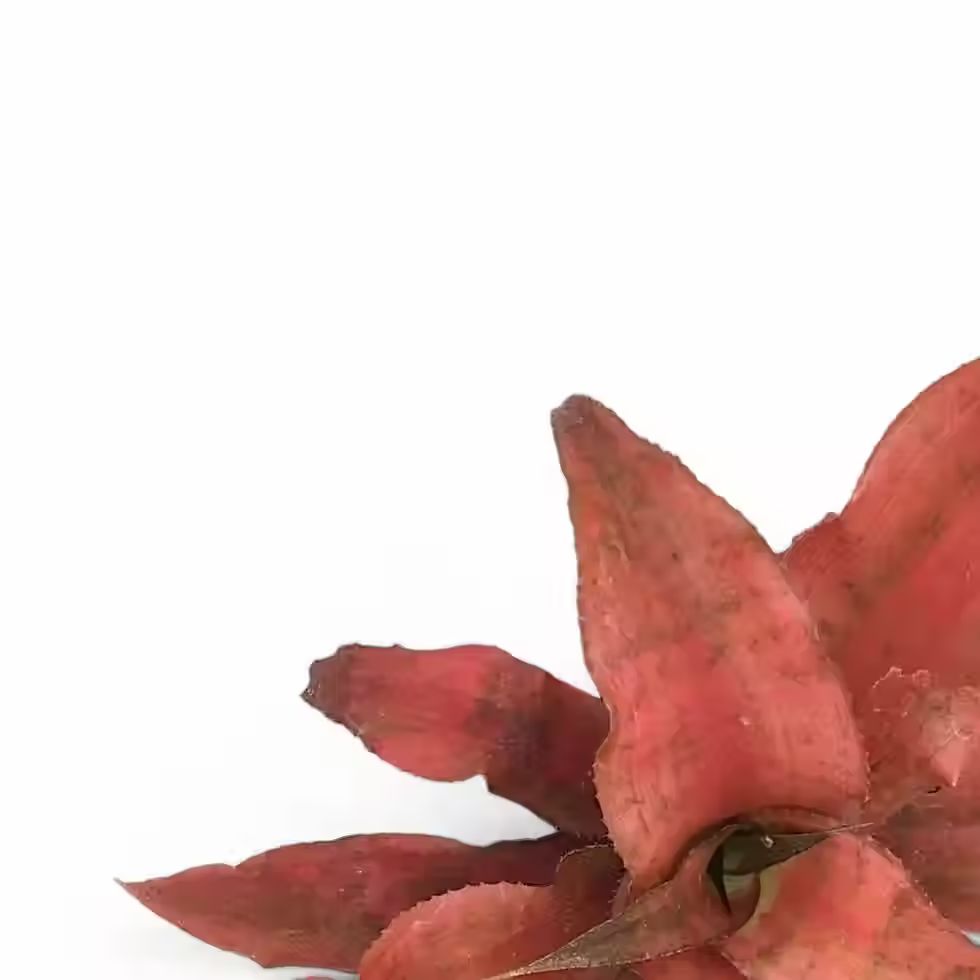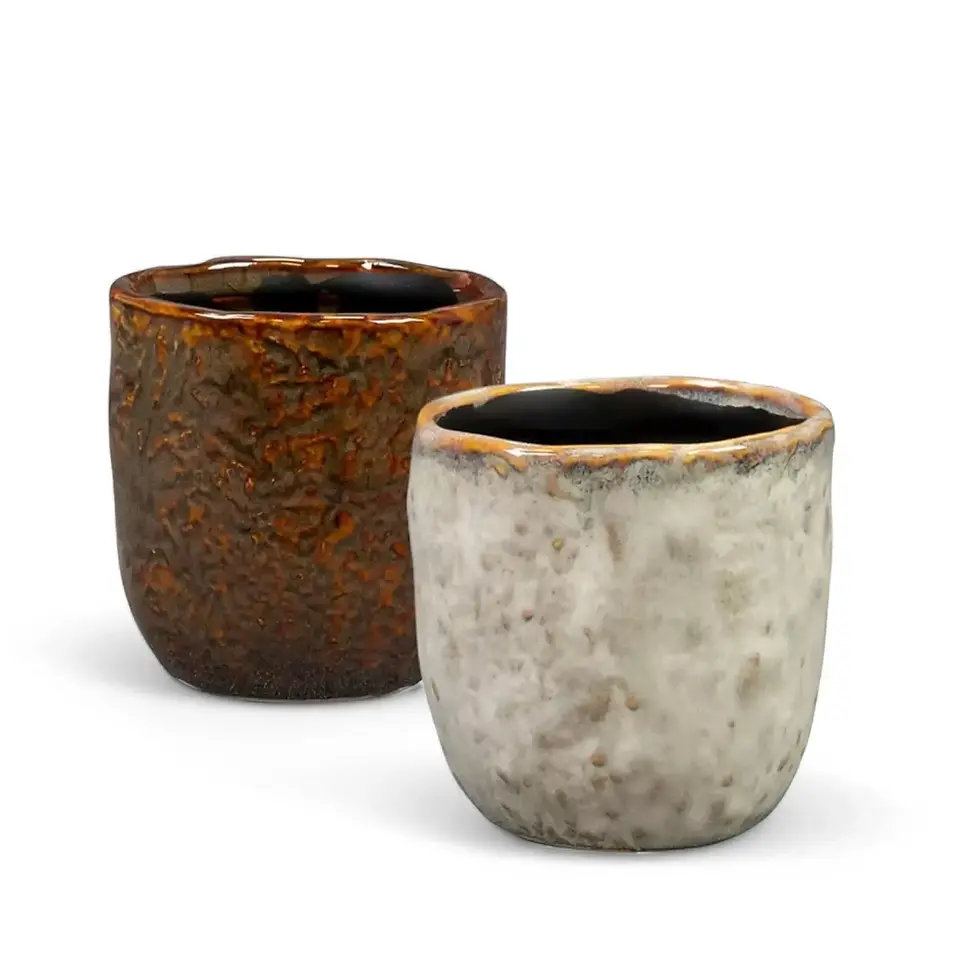Phoenix canariensis - Complete Growth and Care Guide
The Phoenix canariensis, commonly known as the Canary Island date palm, is a stunning houseplant that brings a slice of the subtropics into any indoor space. Its majestic, arching fronds form a dense, symmetrical crown, making it an elegant and impactful addition to any home. The long, feather-like leaves emerge from a thick, textured trunk, offering a striking visual contrast. When grown indoors, this palm maintains a manageable height while still exuding its signature grandeur.
Why Choose Phoenix canariensis?
- Impressive Size and Structure: While it can reach 20 meters outdoors, indoors, it typically grows to 2-3 meters, making it a standout feature in large rooms.
- Elegant Fronds: Feathery, arching fronds can extend up to 6 meters, giving it a lush, tropical feel.
- Slow Growth: A slow to moderate growth rate ensures it remains manageable in indoor settings.
- Drought-Resistant: Once established, it tolerates short periods of drought.
- Longevity: With proper care, this palm can thrive for decades indoors.
Phoenix canariensis: Natural Habitat and Origins
- Native Region: The Canary Islands, where it thrives in subtropical climates with warm temperatures (16-24°C) and moderate rainfall.
- Growth Habit: Upright and self-heading, forming a large, solitary crown.
- Cold Tolerance: Prefers warmth but can survive brief drops in temperature. Protect from prolonged exposure below 10°C.
- Wind Resistance: Naturally adapted to withstand strong winds, though indoors, keep it away from drafts.
- Toxicity:Phoenix canariensis is completely non-toxic to pets and humans, making it a safe choice for households.
Phoenix canariensis: Care Guide
- Placement: Prefers bright, indirect light, though it can tolerate some direct sunlight. Avoid deep shade, which weakens fronds.
- Light: Thrives in full sun to bright, indirect light. In low light, expect slower growth and potential leaf yellowing.
- Watering: Keep soil evenly moist but never soggy. Allow the top 5 cm of soil to dry out between waterings to prevent root rot. Reduce watering in cooler months.
- Humidity: Prefers moderate to high humidity (50%+), though it adapts to average indoor conditions.
- Temperature: Ideal range: 18-24°C. Protect from cold drafts and sudden temperature fluctuations.
- Soil: Use a well-draining palm mix or a blend of potting soil, sand, and perlite.
- Repotting and Pot Choice: Repot every 2-3 years or when root-bound. Select a heavy, stable pot to support its top-heavy growth. Ensure good drainage.
- Fertilizing: Apply a balanced liquid fertilizer monthly during the growing season. Reduce feeding during winter.
- Propagation:Phoenix canariensis is grown exclusively from seeds, though germination takes several months and requires warmth.
- Semi- and Hydroponics: Can adapt to semi-hydroponics, but full hydroponic cultivation is challenging due to its extensive root system.
- Pruning: Remove dead or browning fronds to maintain health. Avoid over-pruning, as green fronds contribute to its energy production.
- Support Needs: Though self-supporting, larger specimens may require a sturdy pot and secure placement.
Common Problems and Solutions for Phoenix canariensis
- Pests: Monitor Phoenix canariensis for spider mites, mealybugs, scale insects, and thrips. Treat infestations with insecticidal soap , neem oil, or use beneficial insects.
- Root Rot: Ensure well-draining soil and avoid overwatering.
- Leaf Discoloration:
- Yellowing Leaves: Often due to overwatering, poor drainage, or nutrient deficiencies.
- Brown Leaf Tips: Can be caused by low humidity, excess fertilizer, or fluoride in tap water.
- Drooping Fronds: May indicate underwatering or root-bound conditions.
- Fungal Issues: If black spots or frond decay appear, improve airflow and avoid overhead watering.
- Nutrient Deficiencies: Pale fronds or slow growth may indicate lack of magnesium or potassium. Use a specialized palm fertilizer if needed.
- Sharp Leaf Bases: Be cautious when pruning, as older fronds develop sharp spines.
Additional Tips for a Thriving Phoenix canariensis
- Outdoor Placement: In warmer months, place outdoors for extra sunlight, but acclimate gradually.
- Regular Dusting: Clean fronds periodically to improve photosynthesis.
- Air Circulation: Good airflow prevents fungal infections and strengthens fronds.
- Room to Grow: Allow enough space for natural frond spread.
Etymology and Botanical Background
The genus name "Phoenix" originates from the Greek word for date palms. The species name "canariensis" references its Canary Islands origin. It was first described by Hermann Wildpret in 1882 and remains one of the most iconic species within the Phoenix genus.
FAQs about Phoenix canariensis
- Can Phoenix canariensis be grown indoors? Yes! It thrives with bright light, proper watering, and occasional fertilizing.
- How fast does Phoenix canariensis grow indoors? It grows slowly to moderately, making it an excellent long-term houseplant.
- Does Phoenix canariensis need a lot of space? Yes, as the fronds spread widely, ensure ample room for it to flourish.
Bring the Beauty of the Canary Islands into Your Home!
Order Phoenix canariensis today and enjoy this majestic palm in your indoor space!
Phoenix canariensis
Phoenix canariensis comes in following sizes:
M – is approximately 80 cm tall and comes in a ⌀ 19 cm pot
L – is approximately 110 cm tall and comes in a ⌀ 21 cm pot
XL – is approximately 160 cm tall and comes in a ⌀ 26 cm pot

























































